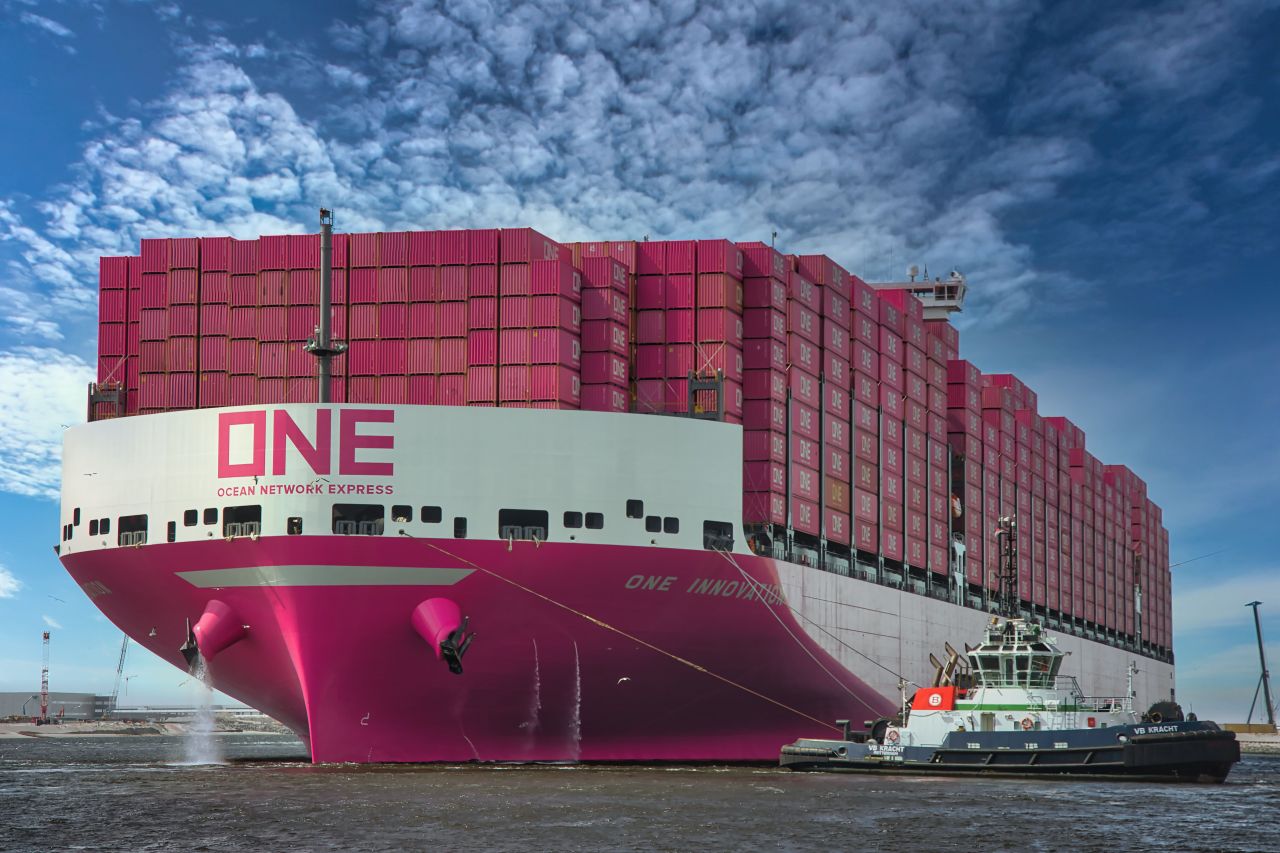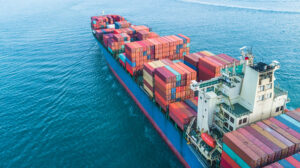Ocean Network Express (ONE), a new entity from three Japanese liner companies ‘K’ Line, MOL and NYK, reports a profit after tax for the second quarter of the financial year 2023 of $187m, which is significantly lower than the same period last year.
The container giant has presented its financial results which in many ways reflects the global downturn of the entire market.
However, the company expects a gradual recovery in the second half despite the fact that it takes some time to see a solid recovery of cargo movements, as high interest rates and inflation continues.
ONE reports that its full-year results for the year 2023 are expected to show a profit after tax of $851m, a decrease from the previous year, due to the deterioration of freight market caused by declining demand.
ONE expects the oversupply of tonnage, caused by the delivery of a large number of newly built vessels in this fiscal year, to continue through the second half.
The freight market will also remain weak in the second half, in accordance with the company´s forecast, due to the supply and demand gap.
In light of the latest results, ONE will introduce a number of counter measures.
“ONE will focus on maximizing profit by flexible tonnage deployment and efficient equipment control based on demand.”
The container company claims that it will continue making investments, enhance digitalization, and keep decarbonization as its top management priority.
Two vessels, out of six long-term-chartered 24,000 teu ships from Shoei Kisen Kaisha, were delivered and deployed in Asia-Europe trade (total three vessels in service). The first vessel of four long-term-chartered 15,000 teu vessels from Seaspan Corporation was delivered in the second quarter.
According to ONE’s report, despite the start of the peak season, there was no strong recovery in cargo movement.
The carrier said the supply-demand balance softened due to an increase of newly built vessels, and short-term freight rate levels did not sustain their upward trend.
In Europe, a gradual recovery trend from the decline in demand caused by high inflation was seen, however it did not lead to a full-fledged recovery in cargo movement.
In North America, cargo movement showed some momentum in August, but lacked sustainability against the backdrop of weak general consumption and other factors.
On East-West routes, tonnage increased due to the addition of newly built vessels, although blank sailings and service rationalization were implemented.



